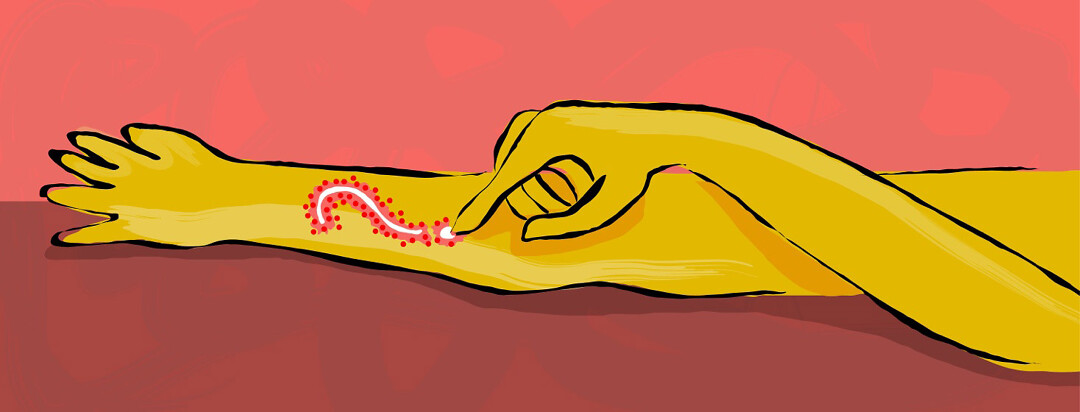5 Things Sometimes Mistaken for Skin Cancer
You should always be aware of any changes in your skin. Skin cancer is best treated when caught early. While this may worry you, sometimes there are things that look like skin cancer, but aren’t.
Here are 5 things sometimes mistaken for skin cancer:
A mole (nevus)
Any changes to an existing mole should be checked out. If you see a mole appear, it should be checked out too. The good news is that many are benign moles that cause no harm. An atypical mole can have the same appearance as melanoma. These moles are typically larger than 6 mm, have an uneven color, an irregular border, and are asymmetrical.
Psoriasis
Psoriasis often shows up as red, patchy skin with silver scaling. It also causes dry, cracked skin. Yet, this is a skin condition unrelated to skin cancer. In fact, it is believed to be caused by a problem with the person’s immune system. What happens is healthy skin cells are attacked by T-cells, causing the cells to build up on the skin’s surface. Psoriasis can easily be diagnosed and distinguished from skin cancer by your dermatologist.
Cherry angiomas
These show up as bumps on the skin with a bright, cherry red colorization. Caused by an overgrowth of blood vessels, they are often found in those over 40 years old. These vascular growths are benign and only need to be removed if someone wants them to be for cosmetic reasons.
Sebaceous hyperplasia
Glands that grow near hair follicles are allied sebaceous glands. They lubricate and waterproof the hair and skin with a sort of waxy, oily liquid. Sometimes this gland enlarges and shows up as either a flesh-colored papule or a small, yellow papule. These do look similar to basal cell carcinoma but, like the cherry angiomas, they’re only removed for cosmetic purposes and are not dangerous to your health.
Seborrheic keratoses
These are benign tumors of the skin, and are very common. The exact reason these show up is unknown, but there are many theories. The problem is that these can look very much like skin cancer. They have a greasy, scaly, brown appearance. Treatment is not needed unless they start causing problems with irritation, inflammation, or is pruritic, which means it becomes itchy and uncomfortable.
The bottom line? Check with your dermatologist
The best thing to do with any skin concern is to have your dermatologist examine you. Even if you have what seems to be one of these five conditions, it’s always good to be sure. The good news is that if it is one of these, then it’s not skin cancer. And remember, these are the 5 things sometimes mistaken for skin cancer, so it's better to find out rather than worry.

Join the conversation